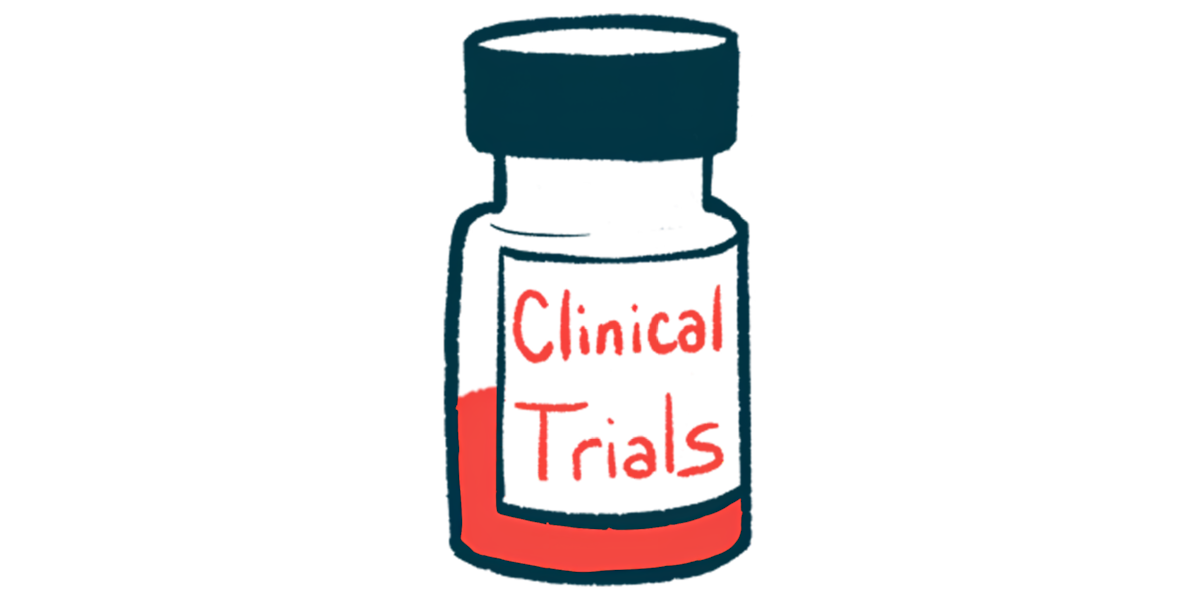At-home Rystiggo infusion safe; most MG patients prefer self-care
Analysis shows manual push method is faster than pump (5 vs. 12 minutes)

Rystiggo (rozanolixizumab-noli) can be safely self-administered by people with myasthenia gravis (MG), according to data from a Phase 3 clinical trial.
Based on these findings, at-home administration of Rystiggo was authorized earlier in 2025 in Japan and Europe. The work was funded by UCB, the company that sells Rystiggo.
The study, “Self-administration of rozanolixizumab via manual push and infusion pump methods in patients with generalised myasthenia gravis: a randomised, phase 3, open-label, crossover study,” was published in the Journal of Neurology.
MG is an autoimmune disease caused by self-reactive antibodies that disrupt nerve-muscle communication, resulting in symptoms of muscle weakness and fatigue.
Rystiggo works by lowering the levels of MG-causing antibodies and is approved in the U.S., Europe, and other countries for adults with generalized MG (gMG) who are positive for the most common types of MG-causing antibodies.
The therapy is given by subcutaneous (under-the-skin) infusion weekly in six-week cycles. The approved method of administration uses an infusion pump, and under current approvals, these infusions need to be carried out under medical supervision.
Study addresses high treatment burden
Although Rystiggo has been proven to be effective for easing MG severity, going to the doctor for every infusion can be burdensome. Seeking to make treatment more convenient, UCB launched a Phase 3 clinical study called MG0020 (NCT05681715) to test the feasibility of self-administering it at home.
“Given the chronic nature and high burden of [generalized] MG symptoms and associated care, there was interest in providing an option for self-administration of [Rystiggo] to allow patients and caregivers to administer treatment in accordance with their individual needs and preferences,” the researchers wrote.
The study specifically tested two methods for subcutaneous infusions at home. One method uses the approved infusion pump. The other employs manual push, where the therapy is administered via a handheld syringe with a long, thin plastic tube.
“Manual push and infusion pump methods are both well-established for the self-administration of [subcutaneous therapies]; however, manual push is a simpler and more flexible method that has been preferred by patients with other diseases,” the researchers wrote.
In the trial, 55 people with MG first received six weeks of training in how to administer Rystiggo using both methods. Then, all participants self-administered the therapy for 12 weeks, spending six weeks with each technique.
The study’s main goal was to evaluate how many were able to properly self-administer Rystiggo, as assessed by a healthcare professional.
Results showed all the evaluable patients could properly administer the therapy using both techniques, with the majority preferring self-administering Rystiggo rather than receiving infusions from a healthcare provider.
“Most patients with [generalized] MG were able to successfully self-administer [Rystiggo], irrespective of self-administration method or site of administration (at home or in a hospital setting),” the researchers wrote, adding “the majority of patients in the study had a positive experience with self-administration via both manual push and infusion pump methods, and preferred self-administration at home to [healthcare provider] administration.”
Results also showed the median length of each self-administered infusion was notably faster with the manual push method than with the infusion pump (5 vs. 12 minutes). In assessments of patient preference, 45.5% preferred the manual push while 30.9% preferred the infusion pump. The rest of the participants either had no preference or didn’t have data available.
Overall, safety and efficacy data from this trial aligned with findings from prior studies of Rystiggo, with no meaningful difference between the two administration methods.
The scientists said these data “reassure patients and physicians that [Rystiggo] maintains its established safety … and efficacy profile regardless of administration type and method.”







Leave a comment
Fill in the required fields to post. Your email address will not be published.